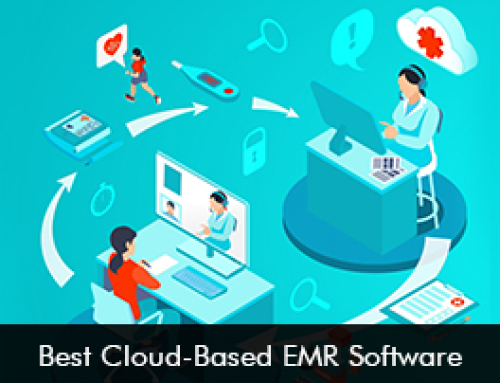Medical practices must identify and maximize each of the practice payer’s arrangements. All-payer groups are important however patients account for a great percentage of practice revenue and this fact goes unnoticed by many financial administrators. Patient payers account for 35% of practice revenue. Since patients aren’t measured as other payer group’s healthcare providers tend to lose out on their revenue stream, which means their profits can reduce.
A report revealed by InstaMed in 2006 discovered that patients had experienced an increase of 162% in deductible burden since the past 10 years. The data tells us that patients have a great financial responsibility for their medical care. Providers should have a clear strategy that can help them obtain payments from their patient groups.
Develop a Plan to Identify your Patients as Payers
Hospitals and practices can develop a robust plan to identify patient payers which can yield complete reimbursements and enhance overall practice revenue. Below are some steps that can help your practice achieve financial success through patient payers.
Step 1 – Recognize your patients as payers – Administrators should look at each patient as a payer since they are financially accountable to pay for their healthcare service. Therefore you must keep an open and transparent communication channel with your patient to let them know about any financial policies. Through careful planning by medical staff member’s patients with a high financial responsibility can be simply identified.
Step 2 – Give your patients a precise cost evaluation – 89 percent of patients revealed that they want to know their payment responsibility clearly and many patients like to use technology tools to estimate their costs ahead of time. Don’t leave patients guessing but get all payment information and communicate it with your patients. With the right information, patient payers will be in a better position to fulfill their financial obligation.
Step 3 – Prioritize patient-payment policies – It is advised that practices prioritize patient-payment policies if they want to tap on this revenue stream. Flexible payment policies can be explored which can benefit both the patient and the medical practice.
Step 4 – Consider digital solutions – Patients want reliability and convenience when it comes to payments. Healthcare organizations can offer the facility of quick online payment options to their patients which can increase medical bill remittance. The Patient Portal EMR Software platform can also be deployed which provides the option of online payments by just logging in.
Step 5 – Monitor your KPIs – Last but not least practices need to monitor key performance indicators this can be done by generating reports and the use of analytics to reveal valuable insights. The key performance indicators can provide valuable data which can help you achieve your financial goals.
Practices need to realize their patients as payers to not lose out on their revenue stream. The goal is to keep patients posted about payment policies and incorporate digital tools for payment convenience.








